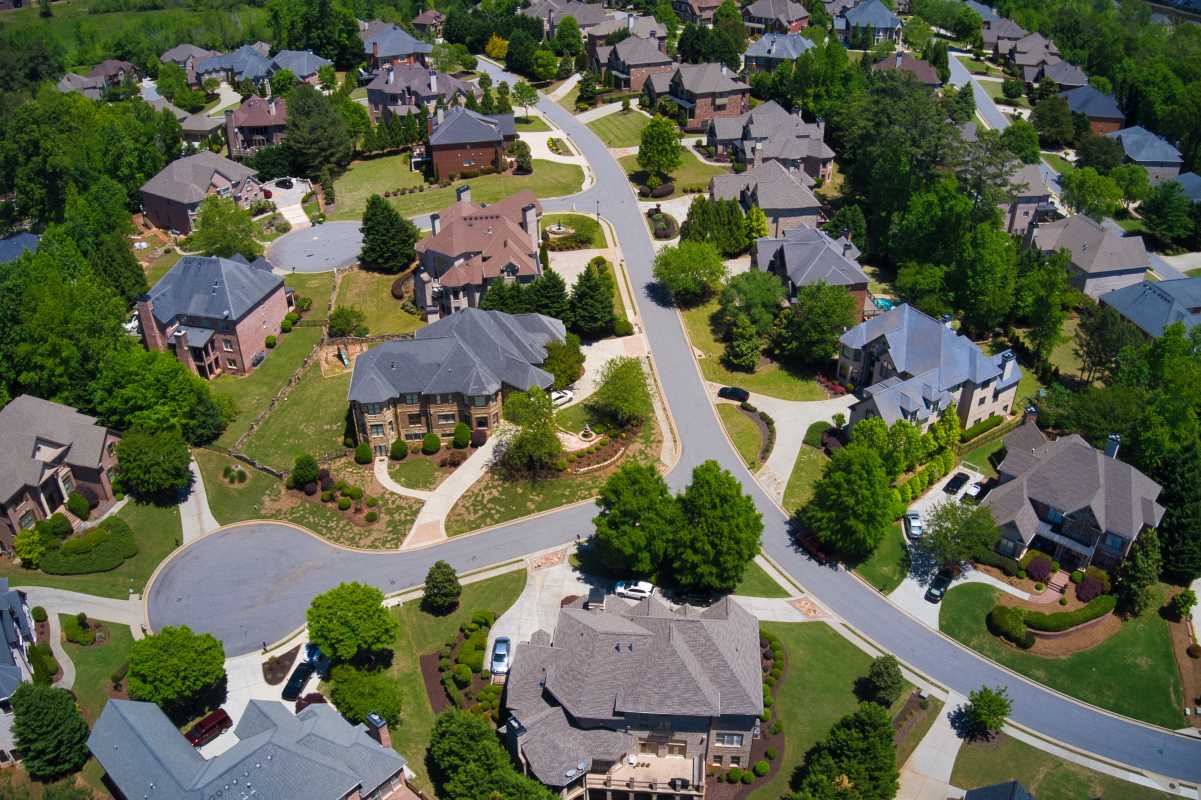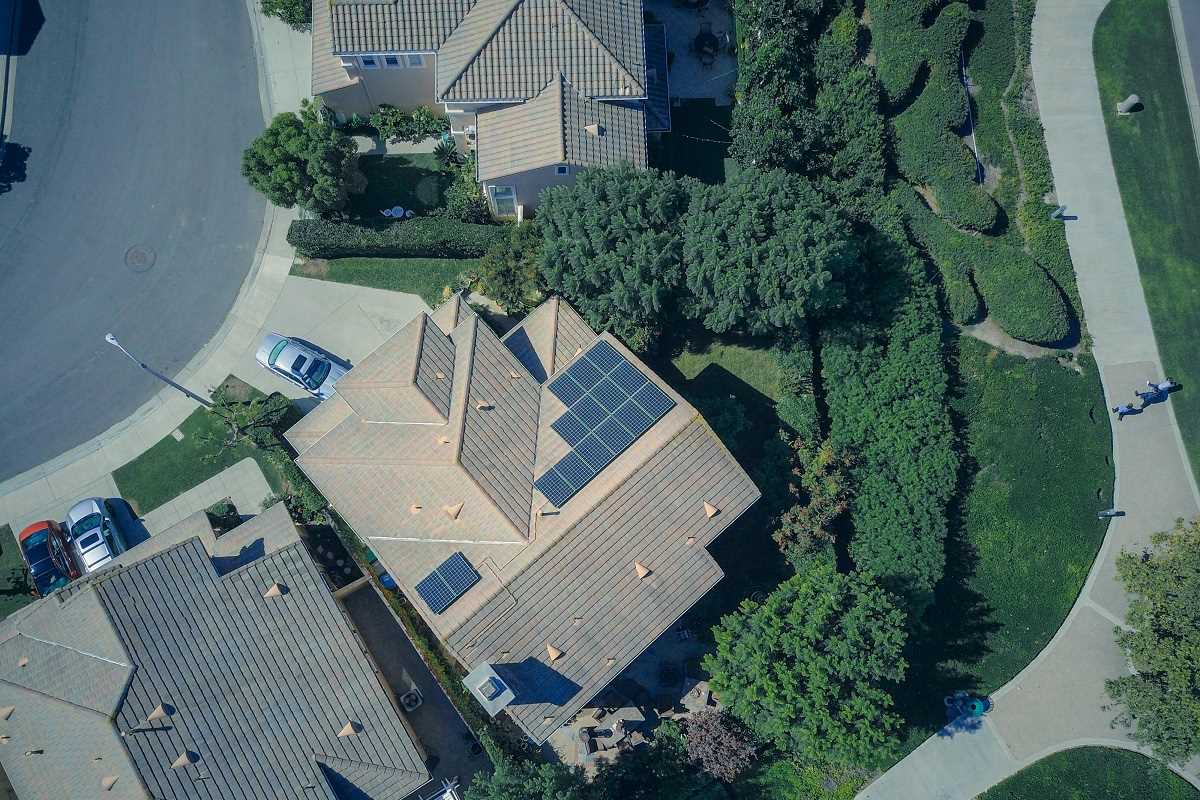Gathering people to form a local history club creates a sense of community and excitement as neighbors come together to explore the stories that shape their hometown. Old photographs, personal recollections, and familiar landmarks provide rich material for lively conversations and shared discovery. Each meeting offers a relaxed environment where both longtime residents and those new to the area feel at ease contributing their memories and questions. Setting a clear purpose and a friendly tone helps everyone feel welcome, transforming early gatherings into enjoyable opportunities for learning and connection. This approach turns the exploration of local history into a meaningful and ongoing experience for all involved.
Beyond routine presentations, a memorable club finds fresh ways to highlight local heritage. When members sense that every meeting offers unexpected perspectives—like exploring hidden murals, unearthing personal anecdotes, or hosting thematic walking tours—they stay engaged. This introduction sets the stage for a hobby that grows organically and reaches deeper into neighborhood connections than a typical lecture-based format.
Discovering Community Connections
A thriving club forms when you tap into the textures of daily life: old shop windows, family recipes preserved for generations, even graffiti tags that evoke a bygone era. Each artifact carries a narrative thread, and your role is to guide members in weaving those threads into a vibrant tapestry. Think beyond dusty archives—search local markets for vintage postcards or chat with long-time residents about the street names now gone.
Encourage members to contribute small finds: a ribbon from a centennial parade, a remodeled storefront that once served as a community meeting hall, or a faded handbill announcing an early theater troupe. These micro-histories resonate because they connect to people’s memories. By celebrating everyday objects and moments, your group embraces everyone’s personal experiences and transforms them into collective discoveries.
Plan Your First Meeting
- Site Scouting Session
- Purpose: Establish a comfortable, historical atmosphere for initial gatherings.
- Steps:
- Visit three potential venues and assess seating and acoustic quality.
- Check nearby parking and public transit options.
- Test lighting and display areas for maps or photos.
- Cost/Metric: Venue rental often ranges from free community rooms to modest fees under $50.
- Insider Tip: Arrange a brief rehearsal with fellow organizers to confirm audio clarity before official launch.
- Local Artifact Showcase
- Purpose: Break the ice and spark dialogue around personal memories.
- Steps:
- Ask attendees to bring one small object that represents local history.
- Create a rotating display table with name cards.
- Facilitate a two-minute storytelling round per object.
- Cost/Metric: Materials cost under $20 for tablecloths and name tags.
- Insider Tip: Supply index cards so people jot down why their item matters, which can inspire future presentations.
- Thematic Discussion Pods
- Purpose: Promote deeper conversation in manageable groups.
- Steps:
- Divide attendees into pods of four to six.
- Provide each pod with a themed prompt, like “childhood games in town squares.”
- Rotate prompts after 15 minutes.
- Cost/Metric: Allocate 30 minutes for a three-round rotation; no direct expense.
- Insider Tip: Use colored stickers on name tags to quickly assemble pods without disruption.
- Interactive Map Exercise
- Purpose: Visually anchor stories on a local map.
- Steps:
- Display a large printed map of the neighborhood.
- Give each member a colored dot to mark a place tied to their story.
- Invite volunteers to explain their location.
- Cost/Metric: Printing a high-resolution map might cost $10–$15.
- Insider Tip: Laminate the map and use dry-erase markers for future meetings, saving printing costs over time.
- Follow-Up Planning Brief
- Purpose: Leave attendees with a clear roadmap for involvement.
- Steps:
- Present three upcoming club milestones (e.g., archival visit, neighborhood walk).
- Assign volunteer roles for each milestone.
- Collect feedback on preferences via a quick survey.
- Cost/Metric: Free digital survey tools work well; paper surveys cost under $5 in duplicates.
- Insider Tip: Offer an online sign-up option for people who prefer digital coordination, boosting participation rates.
Build Engagement Over Time
- Host Seasonal Walks – Plan quarterly excursions highlighting changes in architecture or community gardens. Keep groups small to encourage conversation. Share photos and invite new participants through social media updates. This hands-on approach maintains curiosity and strengthens bonds.
- Rotate Leadership Roles – Assign different members to lead presentations, research tasks, or event planning. Offer brief mentoring sessions so new leaders learn facilitation skills. This practice sustains enthusiasm and prevents burnout among founding organizers.
- Start Themed Mini-Series – Create short series of two or three meetings around a specific topic like “Industrial Heritage” or “Immigrant Narratives.” Provide reading lists or audio clips before meetings to improve preparation and engagement.
- Publish a Quarterly Newsletter – Collect member-contributed stories, photographs, and event previews. Distribute via email or printed copies in local cafés. This tangible output reminds members of the club’s shared accomplishments and spreads the word to new audiences.
- Partner with nearby cultural or arts groups for joint events, such as combining a walking tour with a music performance. These collaborations provide fresh perspectives and extend your reach.
Establish Credibility and Partnerships
Build trust by partnering with archives, museums, and schools through clear, benefit-focused proposals. Highlight your club’s enthusiasm and past successes to secure resources like expert speakers, unique venues, and publicity. As partnerships grow, grants, community invitations, and local recognition will follow—strengthening your reputation as a trusted steward of regional heritage.
 (Image via
(Image via


.jpeg)


